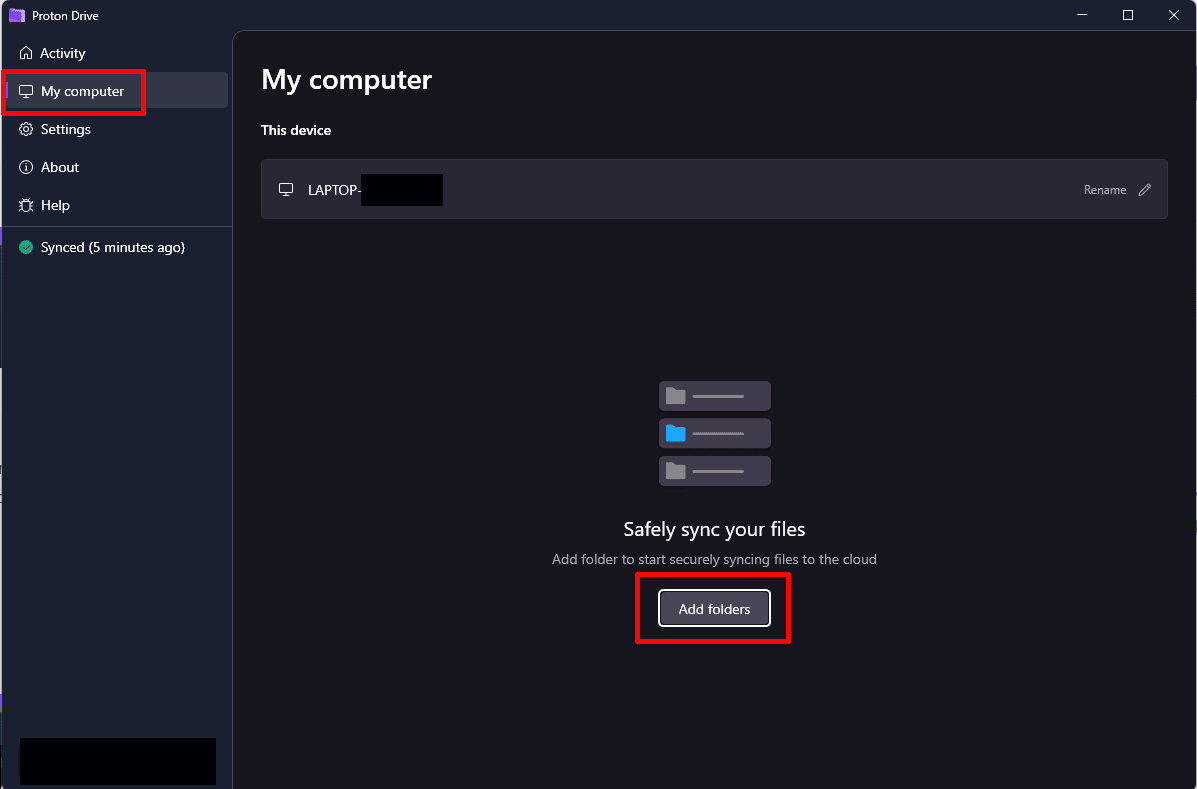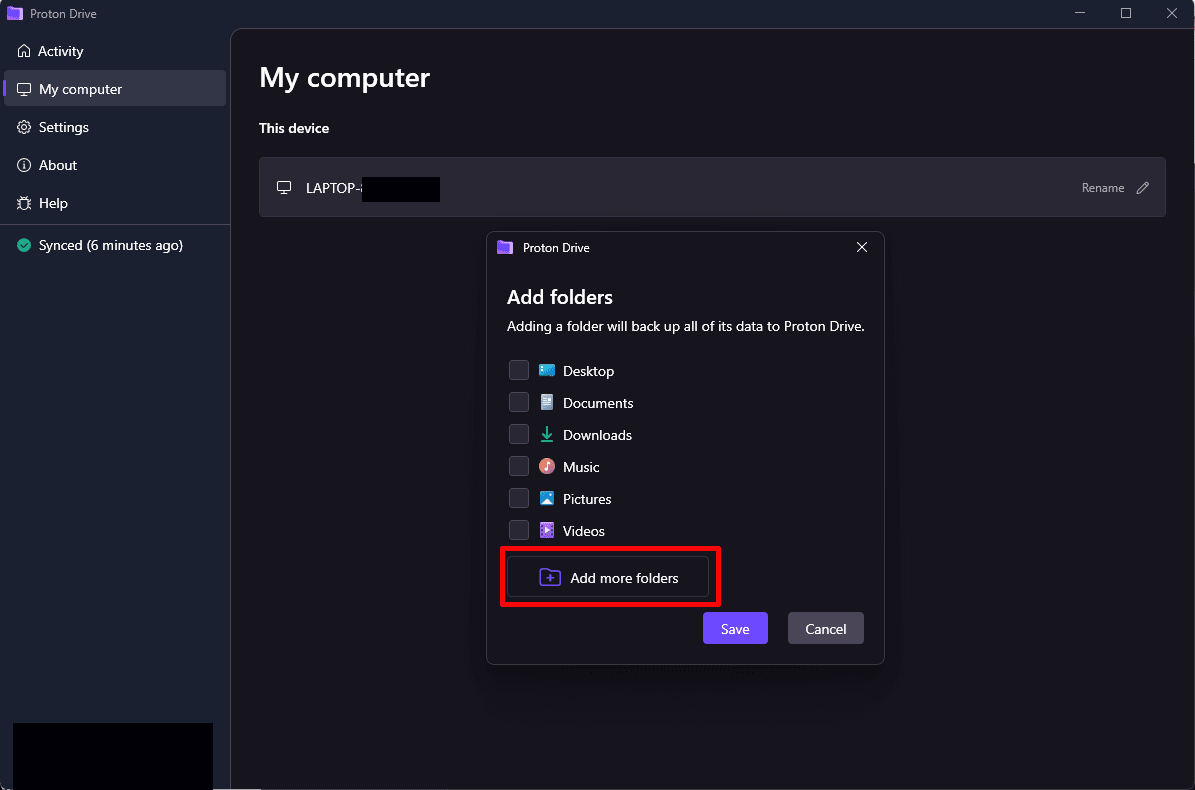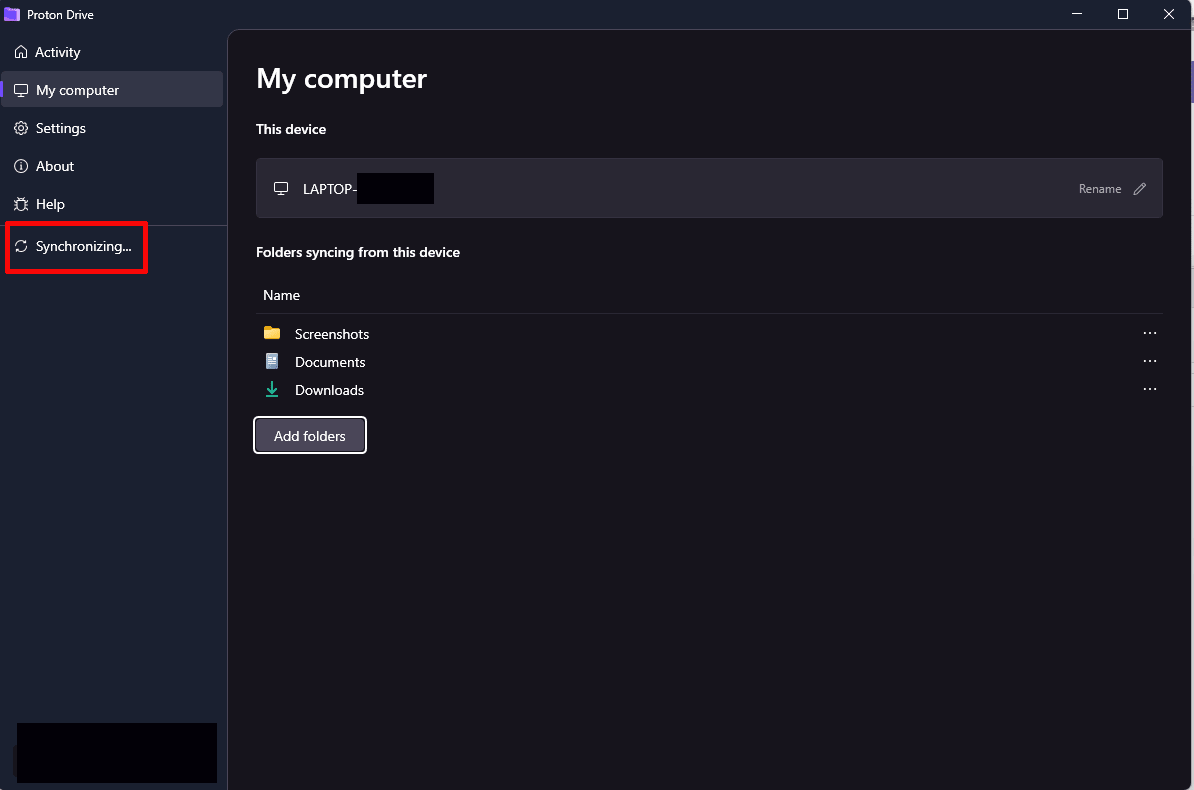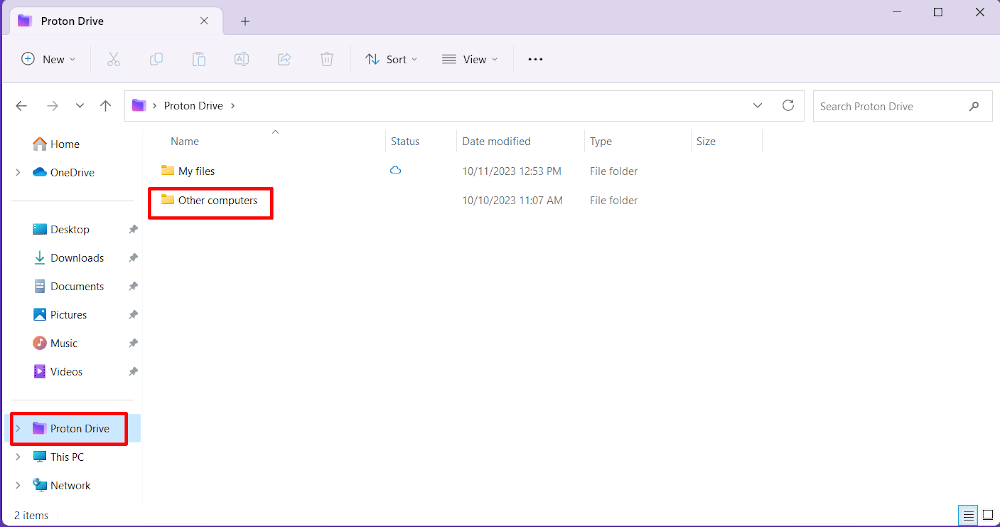If you’ve just bought a new laptop or put together a new computer, you’ll want to transfer all your old files to your new computer. While there’s no one-click solution to move your hard drive’s contents to the new computer, you do have options to accomplish this quickly and without too much fuss.
This article outlines four basic ways to transfer files to a new PC:
- Transfer files through cloud storage
- Use external storage to transfer
- Transfer with a cable
- Set up a LAN
1. Transfer files through cloud storage
Probably the simplest way to transfer data to a new laptop or computer is to use cloud storage. The process is straightforward: You create a cloud storage account, upload your old computer’s files to the cloud, and then download them onto your new laptop or desktop computer.
There are several benefits of doing it this way. Unlike the other options on this list, you need no extra hardware and you don’t need any advanced technical knowledge either. It’s a matter of a few clicks. Also, if you leave your files in the cloud after the transfer, you’ve got a backup ready to go in case there are ever any issues with the new device.
Another upside to using cloud storage is price: Proton Drive, for example, offers storage starting from 200 GB for less than $50 per year, which should be more than enough for people trying to migrate their full system — and you can further upgrade that allotment, too.
As an added benefit, Proton Drive secures your files with end-to-end encryption, meaning we can’t access them. Many other cloud storage providers, including Google Drive and Dropbox, don’t use end-to-end encryption, meaning people at these companies could view your files if they wanted to.
How to transfer files to a new PC using Proton Drive
To give you an idea of how simple it is to transfer files using cloud storage, we’ll quickly go over the process using our Proton Drive Windows app, which you can download here.
Once the app is installed, you can choose which folders you want to migrate to your new laptop via the main screen. Go to My computer and then click Add folders.

A new screen will pop up with a list to choose from; you can also add others by choosing Add more folders at the bottom.

Once you choose which folders you’d like to transfer to your new computer, you’ll see a small notification at the left of the screen saying either Setting up or Synchronizing. Wait for this to finish, it may take a few minutes depending on how many files are syncing and how fast your internet connection is.

Once everything is uploaded, you can go to your new computer and download the synced files. The easiest way to do so is via file explorer. With the Proton Drive app installed, you’ll automatically have access to a folder on your hard drive called Proton Drive. Click on that in the left-hand navigation bar, then click on the computer you synced from, and move the files to your new computer.

Depending on up and download times, the whole process shouldn’t take too long.
2. Use external storage to transfer
Another option to transfer files between your old and new computer is to use physical drives. You can use a USB thumb drive for a small number of files and an external hard drive if you want to transfer an entire hard drive.
Like with cloud storage, using external storage has the benefit that you’re creating a backup while transferring. It’s also faster than using cloud storage. Uploading and then downloading files is as fast as your internet connection, while writing files to and from external storage can usually be done a lot faster.
The downside is that external storage can cost money. Even a simple thumb drive will set you back at least $10, while large external HDs can be hundreds of dollars. Also, a physical device can be lost or stolen, meaning you may want to consider creating a cloud backup anyway.
3. Transfer with a cable
Next up is an option that seems obvious at first, which is connecting your old and new computers with a cable and transferring files that way. Sadly, however, it’s not as simple as that: Windows machines don’t have this kind of functionality built in (Linux machines usually don’t either) and you need a special kind of cable to do this.
Called a USB transfer cable or bridge cable, they usually come with the necessary transfer software already installed on the cable. All you need to do is plug the cable into both computers and the software should run automatically. From there you usually just drag and drop the files and the program takes care of things for you.
The downside to this is that the cable will usually cost you upward of $20 and has no other utility whatsoever. (At least, not until you buy another computer.)
Note that file transfer between Mac laptops is a little simpler. While you do need a special Thunderbolt cable, the operating system won’t throw up any hurdles. Also, Thunderbolt cables are useful outside of file transfer, too, like connecting external screens or even VR headsets.
4. Set up a LAN
Finally, you can transfer data to a new computer by setting up a LAN, either via ethernet cable or using your WiFi. The upside to this method is that you don’t need any cables, external devices, or subscriptions. The downside is that you need to have a decent knowledge of networking to get it to work.
Though the details are a little too much to get into here (here’s a guide to doing it on Windows(new window)), the short version is that you can set up a small private network via your home network. You can do this with a cable, or even using WiFi. However, like with the cable connection above, things aren’t as simple as they seem at first. You need to assign IP addresses to devices and make sure traffic is routed through the right ports.
If the technical jargon is nonsense to you, you’re probably best off using another method. Using cloud storage to transfer data to a new computer is our preference because it’s cheap, fast, and private if you choose Proton.
Proton was founded by scientists who met at CERN out of a concern for privacy on the web. Today, over 100 million people use Proton to protect their data using encrypted email, calendar, drive, VPN, and password manager services. By creating a free Proton Account, you can join our mission to build a better internet where privacy is the default.